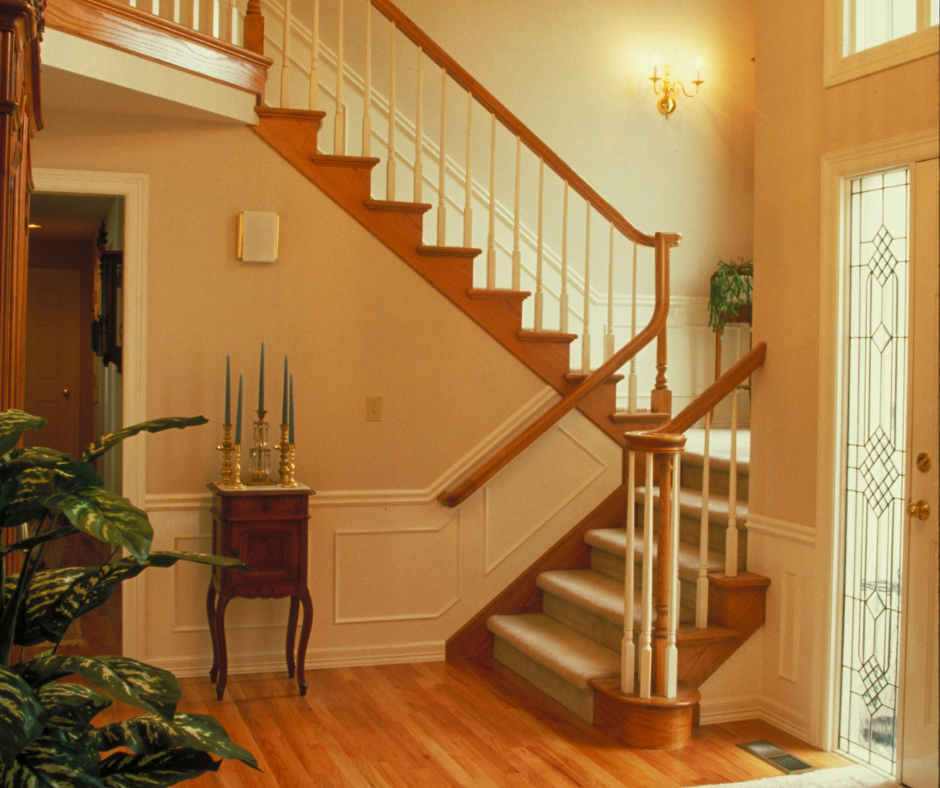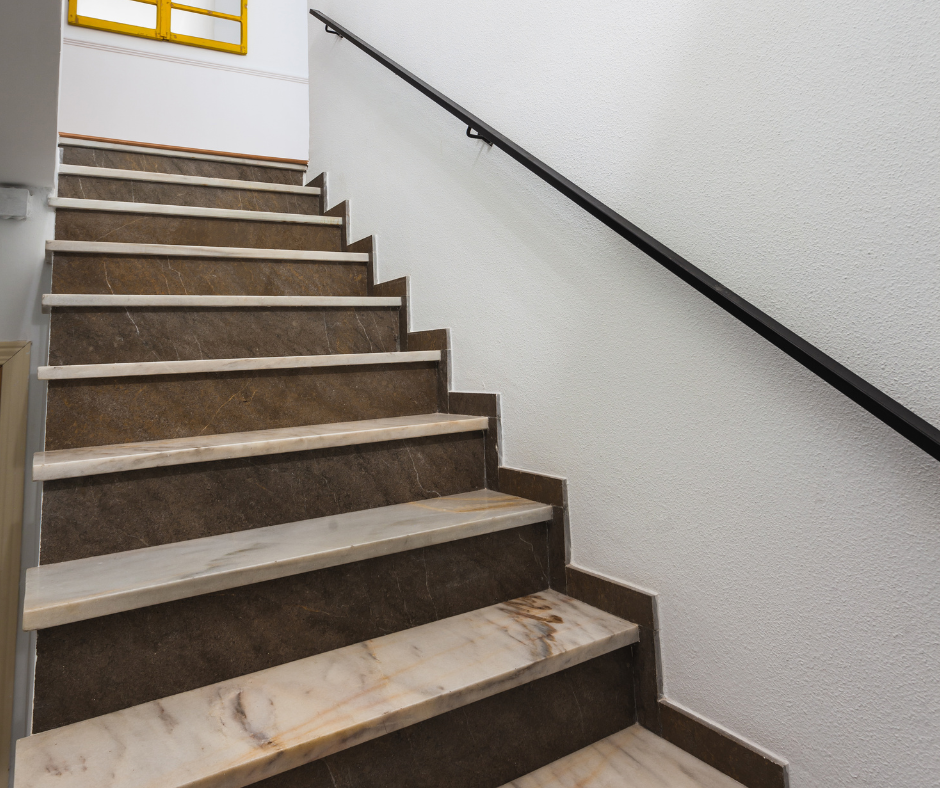Have you ever worried about a family member slipping on the stairs and ending up in the emergency room? Falls on stairs are one of the top causes of injuries at home, but anti-slip stair nosing can make every step safer in minutes. This guide will show you how anti-slip stair nosing and carpet stair treads create a safer, more comfortable, and more stylish staircase.
You’ll learn about the best materials for different spaces and how to install them correctly. I’ll also share practical tips to avoid common mistakes and choose the right product for your needs. By the end, you’ll feel confident upgrading your stairs with solutions that protect the people you care about most.
What Is Anti-Slip Stair Nosing?
Anti-slip stair nosing is a durable strip made of rubber, vinyl, or metal that attaches to the edge of each stair.
It creates a grippy surface and highlights the edge, making it easier to see and safer to walk on—especially in low light.
Installing nosing is one of the simplest ways to prevent slips and trips on both indoor and outdoor stairs.
Why Use Anti-Slip Stair Nosing?
1. Safety First
These nosings add extra traction to each step, helping reduce the chance of slips and falls. They’re especially helpful in homes with kids, pets, or elderly family members.
2. Longer-Lasting Stairs
By protecting the edges, nosing keeps your stairs from getting worn down or chipped over time. That means less maintenance and more years of use.
3. Better Visibility
Some stair nosings have bright or reflective strips so you can see each step clearly. This added visibility helps everyone feel confident going up and down the stairs.
Is Stair Nosing a Trip Hazard?
It’s normal to wonder if nosing might stick out and cause trips.
But when nosing for stair treads is installed correctly, it sits flush with the surface so there’s no raised edge to catch your foot.
Choosing a quality product and professional installation ensures smooth, safe steps every time.
Tips for Safe Installation
-
Make sure your stair nosing is securely attached.
-
Check that the edges are smooth and even.
-
Avoid thick materials that might create a lip over the tread.
If you’re using carpet stair treads with integrated nosing, the process is even easier—no need for extra adhesives or special tools.
Do All Stairs Need Slip-Resistant Nosing?
Not every staircase requires nosing, but it’s strongly recommended in areas with heavy foot traffic, like:
-
Schools and daycares
-
Offices and public buildings
-
Outdoor steps exposed to rain and snow
At home, it’s a smart choice if you have small children, pets, or guests who might need extra support.
What’s the Best Fix for Slippery Stairs?
The right material depends on where your stairs are and how they’re used:
-
Rubber: Best for wet or outdoor areas
-
Metal: Strong and long-lasting for commercial spaces
-
Vinyl: Versatile and budget-friendly for homes
For most homeowners, carpet stair treads with nosing offer the best mix of comfort, safety, and quiet underfoot.
Tip: See our collection of carpet stair treads to find a style that matches your home.
How Can You Make Stairs Less Slippery?
Here are a few ways to improve traction:
-
Anti-Slip Tape An easy, budget-friendly option. Simply stick the tape to each step.
-
Stair Treads Carpet, rubber, or vinyl treads add grip and comfort in one step.
-
Special Coatings Non-slip coatings with grit help create traction without changing how the stairs look.
Steps To Success
Anti-slip stair nosing is a simple upgrade that brings safety, durability, and style together.
By choosing the right material and installing it carefully, you can feel good knowing your family and guests are safer with every step.
-
Website: https://oakvalleydesigns.com/
-
Phone: (706) 331-0315
-
Email: info@oakvalleydesigns.com
-
Address: 30 River Ct SW Bldg E Cartersville, Ga 30120



